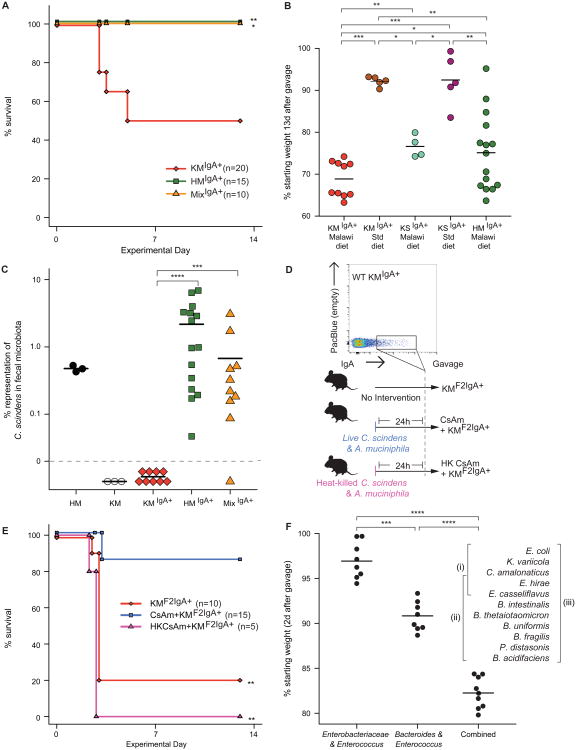Fig. 2. Bacterial targets of IgA responses to kwashiorkor and healthy co-twin microbiota, introduced into germ-free mice.
Adult germ-free C57BL/6J mice were fed an irradiated Malawian diet starting one week prior to gavage with IgA+ fractions. These fractions were purified from fecal microbiota obtained from KM or HM mice 42 days after they had been colonized with the respective co-twin's microbiota. Following gavage, the recipient mice were maintained on the Malawian diet. (A) KMIgA+ mice (n=20) experienced significantly greater mortality than HMIgA+ mice (n=15). Mice that received an equivalent number of cells from IgA+ consortia purified from HM and KM mouse fecal microbiota did not exhibit mortality during the course of the experiment (MixIgA+, n=10). *, P<0.05; **, P<0.01 compared to KMIgA+ group (Fisher's Exact test). Results represent data from two independent experiments. (B) Impact of diet. KMIgA+ mice fed a Malawian diet lost more weight over a 2-week period following colonization than did animals colonized with the same IgA+ consortium but fed a standard nutrient-sufficient mouse chow. Mice receiving the IgA+ consortium purified from the fecal microbiota of mice harboring the same family 57 kwashiorkor donor microbiota but fed a standard mouse chow (KSIgA+ mice) lost less weight than did KMIgA+ mice, regardless of whether they were fed the Malawian diet or a standard mouse chow. *, P<0.05; **, P<0.01; ***, P<0.001 (Wilcoxon rank-sum test). (C) Clostridium scindens was present in the fecal microbiota of HM, HMIgA+ and MixIgA+ mice, but was not detectable in the microbiota of KM or KMIgA+ animals. ***, P< 0.001; ****, P< 0.0001 (Wilcoxon rank-sum test). (D) Experimental design of a follow-up experiment where three groups of adult germ-free male mice were gavaged with an IgA+ consortium purified by BugFACS from the fecal microbiota of surviving KMIgA+ mice. All recipients [second generation (F2) KMF2IgA+ mice] were fed the Malawian diet. The first group of these KMF2IgA+ mice received no intervention (n=10). Another group received an equal mixture of live C. scindens and A. muciniphila by gavage 24 h before introduction of the IgA+ consortium purified from KMIgA+ mice (CsAm + KMF2IgA+, n=15). A third group was gavaged with heat-killed C. scindens and A. muciniphila 24 h prior to introduction of the IgA+ consortium (heat-killed CsAm + KMF2IgA+, n=5). (E) CsAm + KMF2IgA+ mice exhibited significantly reduced mortality compared to either KMF2IgA+ or heat-killed CsAm + KMF2IgA+ animals. **, P< 0.01 (Fisher's Exact test). (F) Effects of colonizing germ-free mice fed a Malawian diet with different components of the 11 OTU culture collection, generated from KMF2IgA+ microbiota, on weight. Data for individual mice in each treatment group are plotted. ****, P<0.0001 (Wilcoxon rank-sum test).

